It is confusing and frustrating when your internet stops working, and the message shows in your browser, such as “DNS server not responding”.
You may also encounter such mistakes as Windows cannot communicate with the device or resource, or your DNS server might be unavailable. However, there is nothing to panic about since this problem is frequent and treatable.
In this blog, we are going to tell you what a DNS server is, why you are getting DNS errors and how you can easily get rid of them at home.
What is a DNS Server?
DNS refers to the Domain Name System. It should be regarded as a phonebook of the internet. When you enter www.google.com on your computer, it has to locate the corresponding IP address (such as 142.250.186.132) that points to the site you are trying to open. It is the work of the DNS server.
When your DNS server is failing or not responding well, your browser will fail to access the site, and the error message received would be either DNS server isn’t responding or DNS server unavailable
.
Typical DNS Errors You Would See
These are just some of the DNS-related messages the users frequently encounter:
- The DNS server is not responding
- Your DNS server might be unavailable
- Windows can't communicate with the device or resource
- A Private DNS server cannot be accessed
- DNS error
- DNS Issues
All these are indicative of a single major problem, and that is your computer is unable to communicate with the DNS server, or the DNS server has issues.
What is the Reason Behind the DNS Server Not Responding?
There are a number of things that can lead to DNS problems:
- Your modem or router is faulty
- ISP (Internet Service Provider) DNS is inaccessible
- The incorrect network settings of your PC
- Old cross-channel or bad drivers
- A firewall or an antivirus that blocks the connection
- Your DNS server is slow
The cause makes it easy to implement the correct solution.
The Solution to the Unresponsive DNS Server Error
After understanding the causes, we shall now go through the solutions step by step.
1. Reset Your Router and Gadget
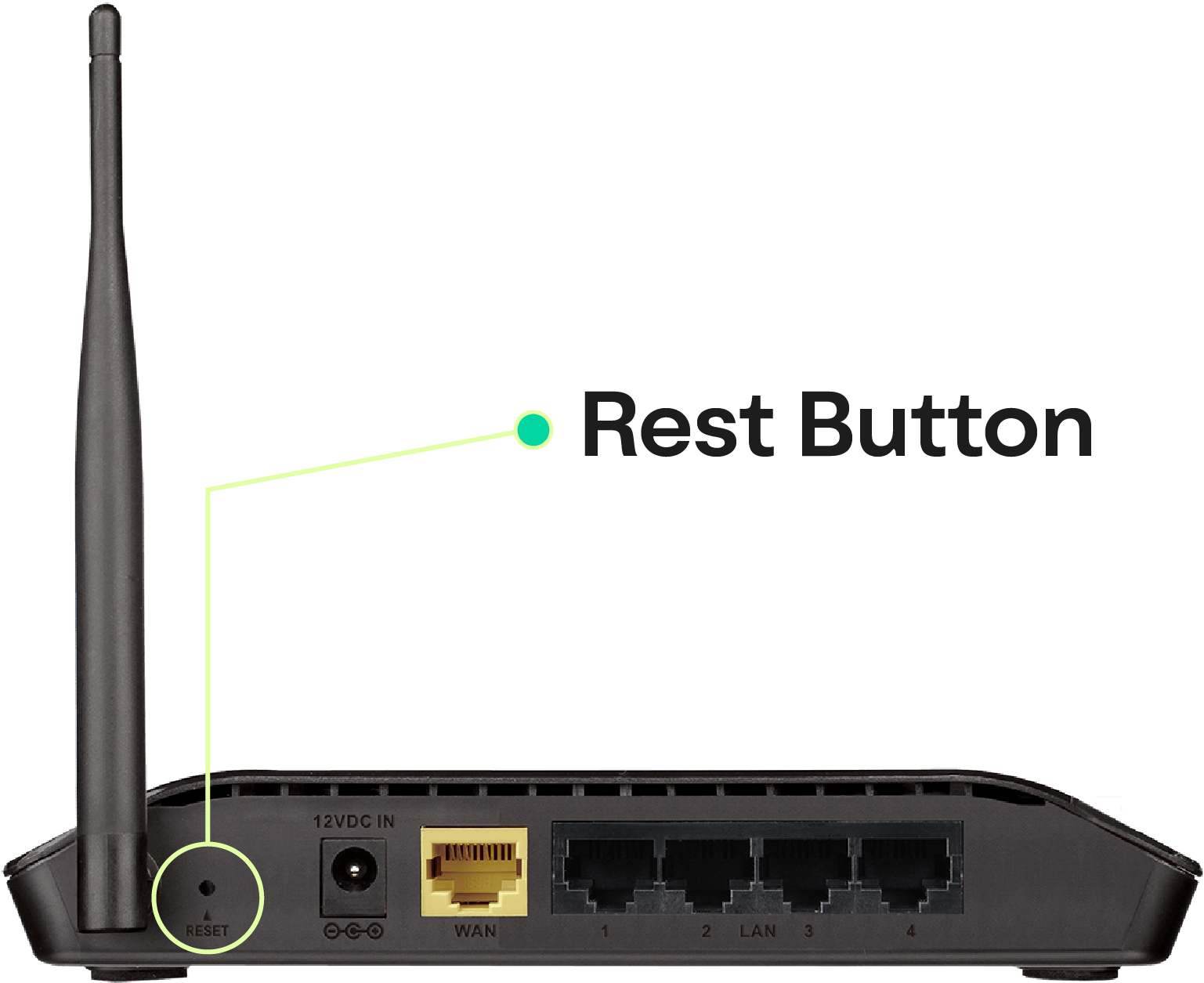
- There is also the case of simple being the best.
- Disable your modem and router.
- Wait 30 s.
- Reboot your computer by turning it back on.
This renews your connection to the internet and can, in some cases, resolve temporary errors.
2. Use a Different web browser or Device

Exclude the possibility that the DNS problem is device-related.
When opening the same page on a new browser, try it. Connect to a different device within the same Wi-Fi.
When it affects a single machine, then there is a problem at that machine, but not on the network.
3. Empty DNS Cache
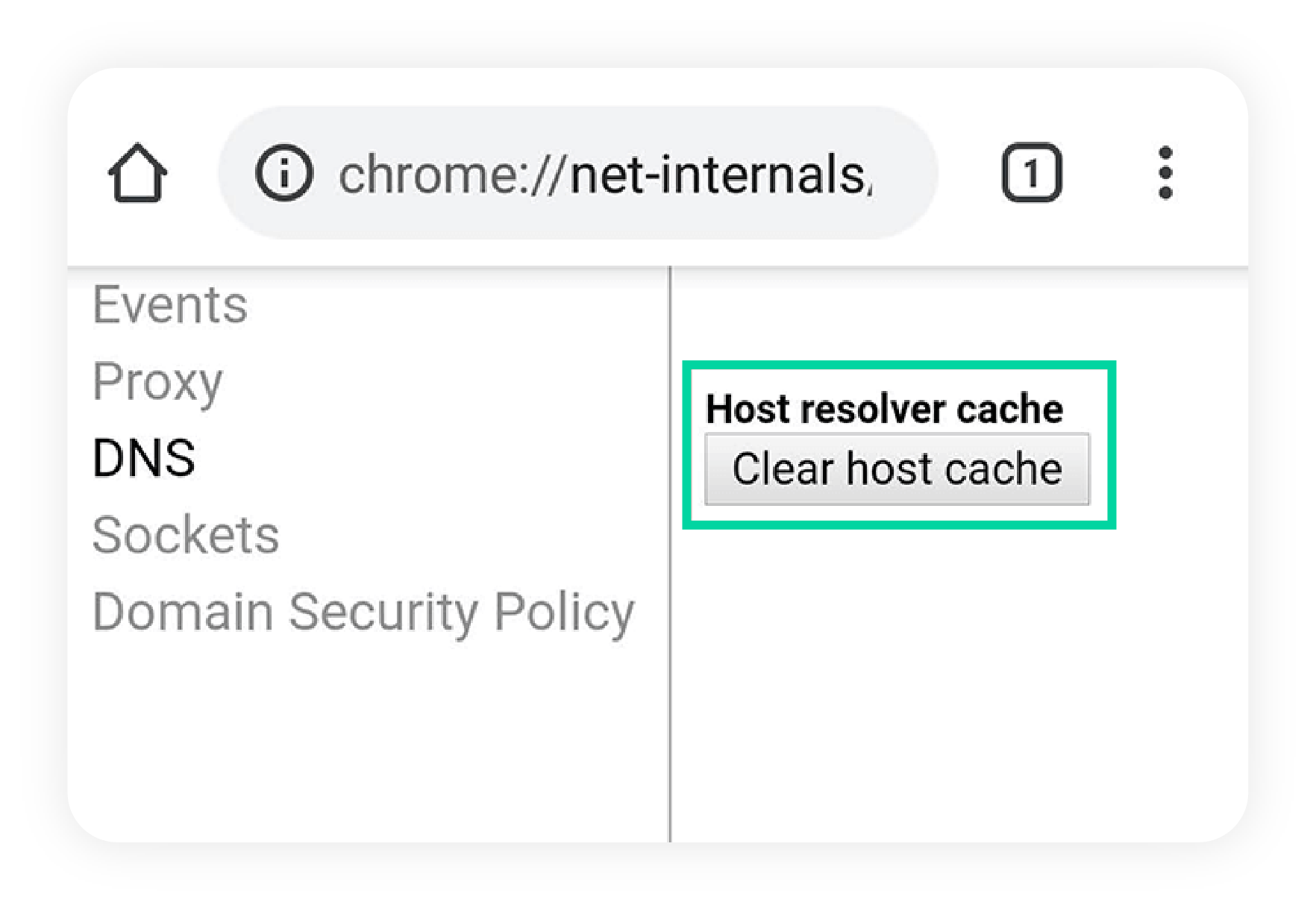
DNS data is locally stored in your system. In some instances, this cached information gets corrupted or outdated.
In order to flush DNS:
For Windows:
Press the Windows button and R, enter cmd and press Enter.
In the Command Prompt, write:
ipconfig /flushdns
Hit enter.
It will produce a confirmation message, “Successfully flushed the DNS Resolver Cache”, to indicate that the DNS Resolver Cache was flushed.
4. Set DNS Server Manually
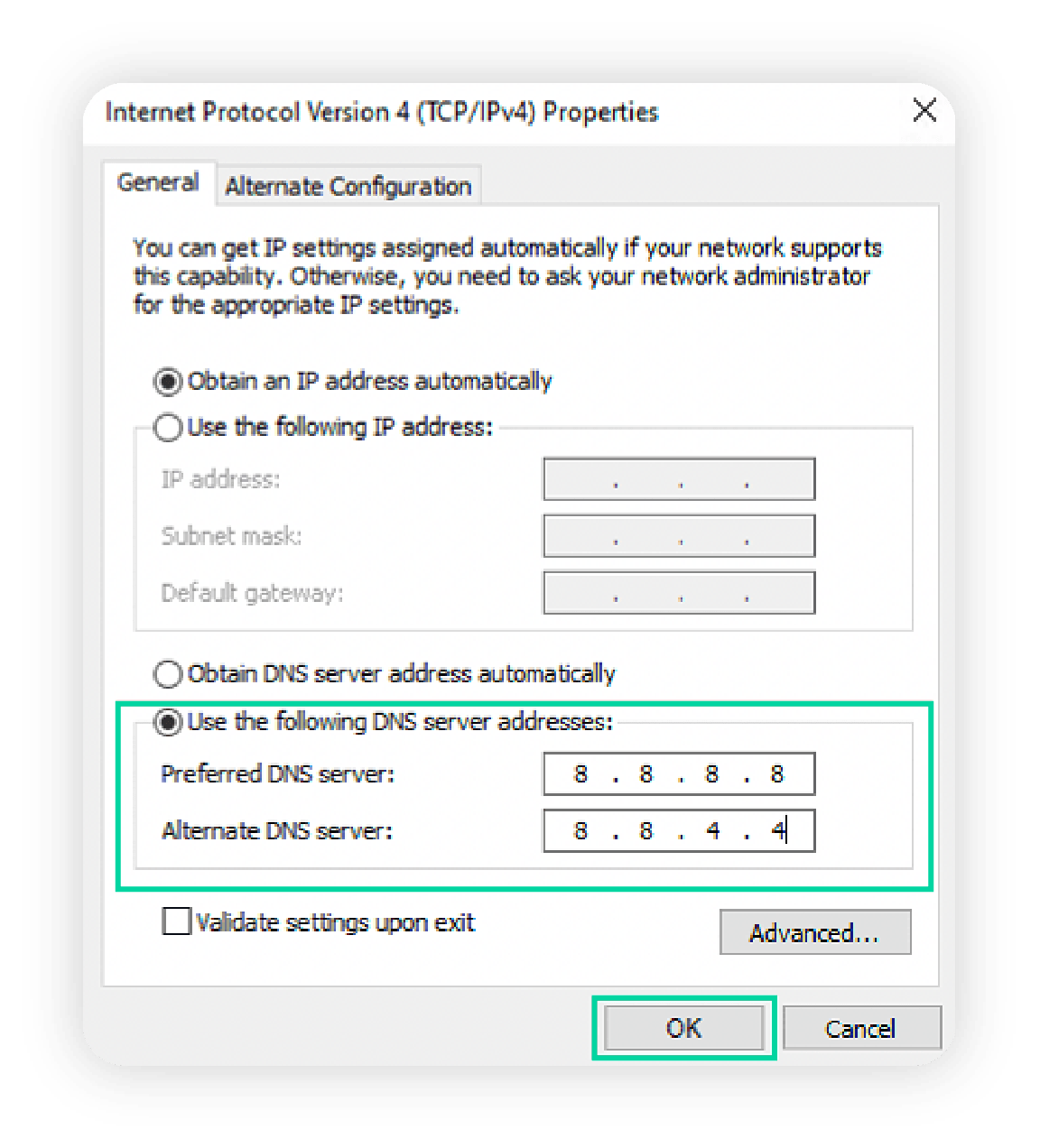
When you have a problem with the DNS of your ISP, changing to a public DNS usually clears the matter.
Google DNS:
The DNS of choice: 8.8.8.8
Alternate DNS- 8.8.4.4
Cloudflare DNS:
Preferred: 1.1.1.1
Alternate DNS 1.0.0.1
DNS in Windows: How to Change:
- Access Setting > Network and Internet
- Tap your network that is turned on
- Go to the Properties
- Use Internet Protocol version IPv4
- Click Properties
- Fill in the details
- Hit ok
It can resolve DNS server unavailable as well as a problem accessing the private DNS server.
5. Turn the Firewall or Antivirus off
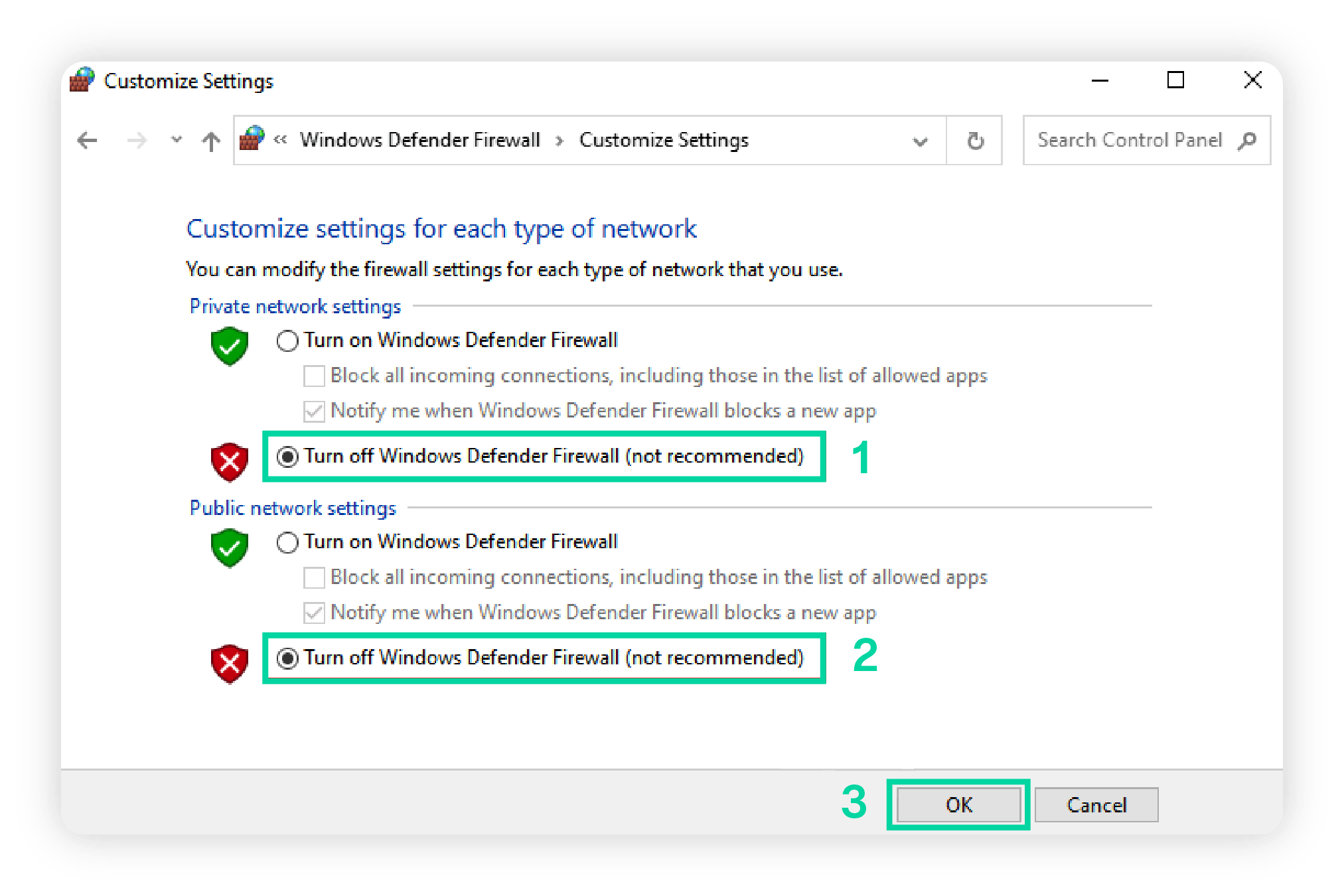
In some cases, your firewall or antivirus may not allow DNS traffic, and this can be a result of an error.
- Switch off temporarily either the firewall or the antivirus
- Verify whether the DNS error is not showing any more
In case the problem disappears, you might be required to manipulate your firewall and change the antivirus program.
Caution: Do not turn off your firewall most of the time. Permit it immediately after testing.
6. Update Network Adapter Driver
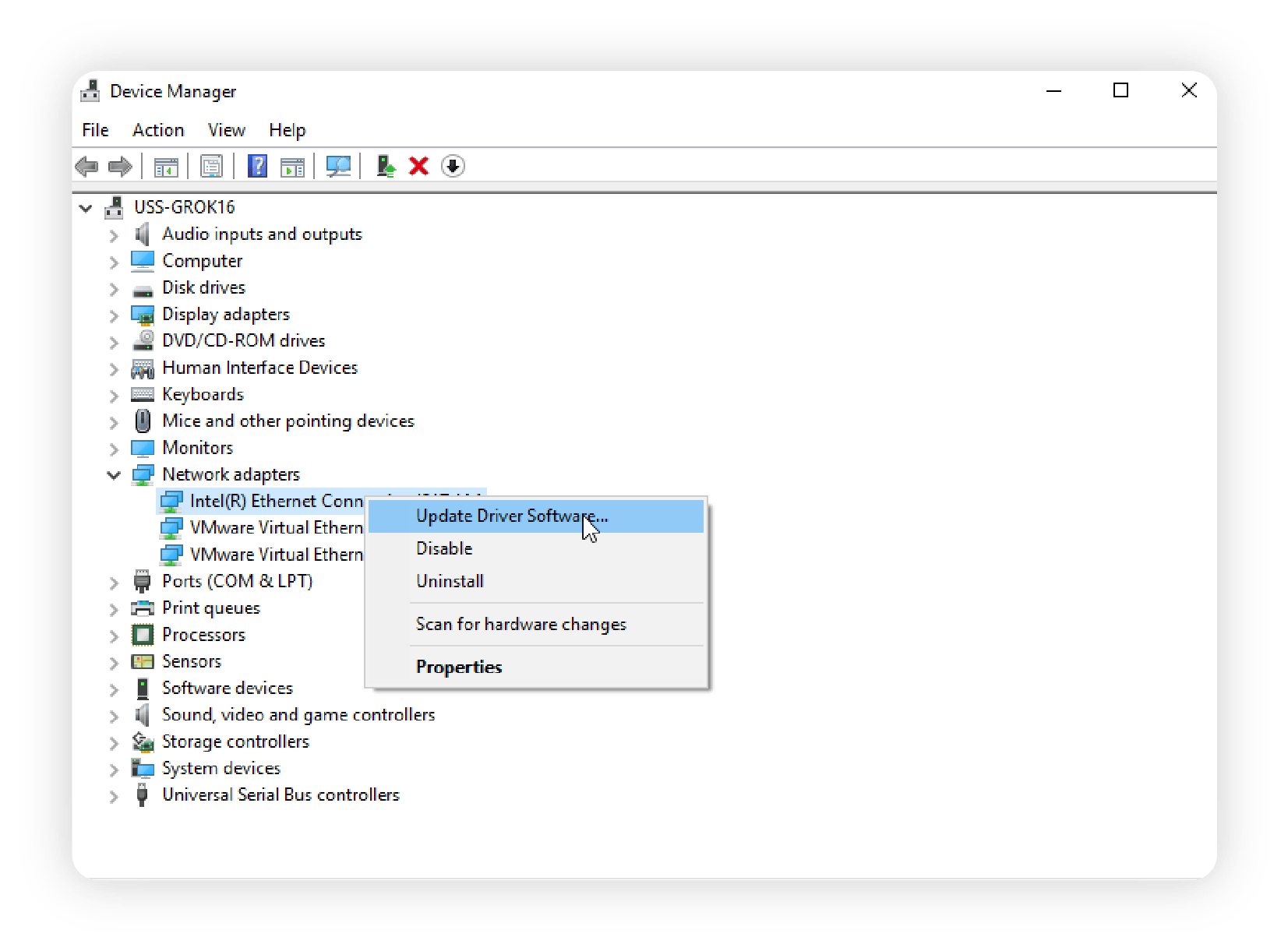
Connectivity issues may be caused by outdated drivers as well.
- Press Windows + x, then choose Device Manager
- Enlarge the section of Network Adapters
- Right-click your adapter and choose the Update driver option
- Select the option of Search automatically for updated driver software
Then reboot your computer and see if your connection issue is resolved.
7. Rest TCP/IP Load
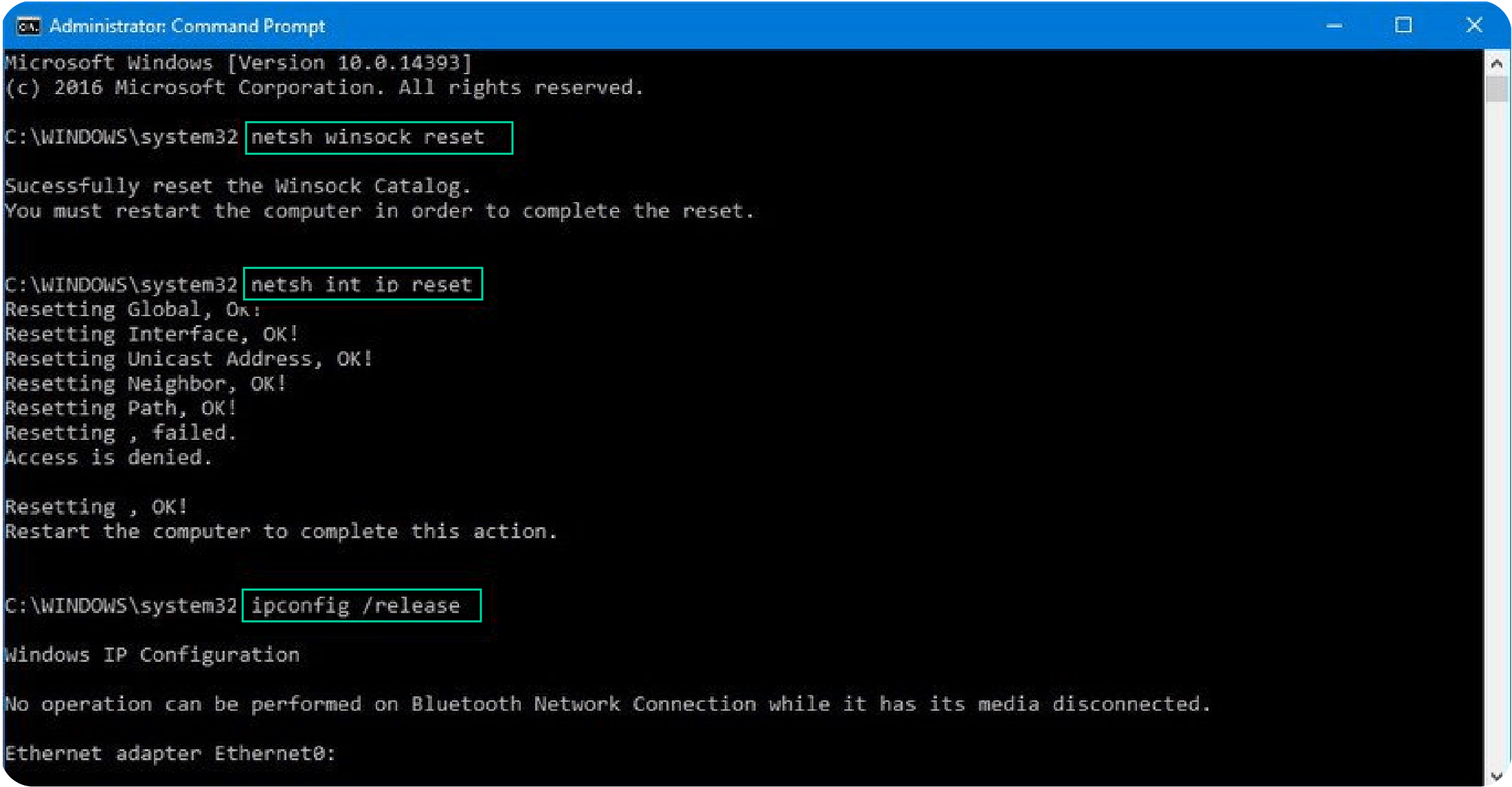
The other potent “your DNS server might be unavailable” solution is a TCP/IP protocol reset.
Type the following in an Open Command Prompt (Administrator):
Netsh int ip reset
Press Enter, then. This command should be followed by restarting your computer.
8. Safe Mode Networking
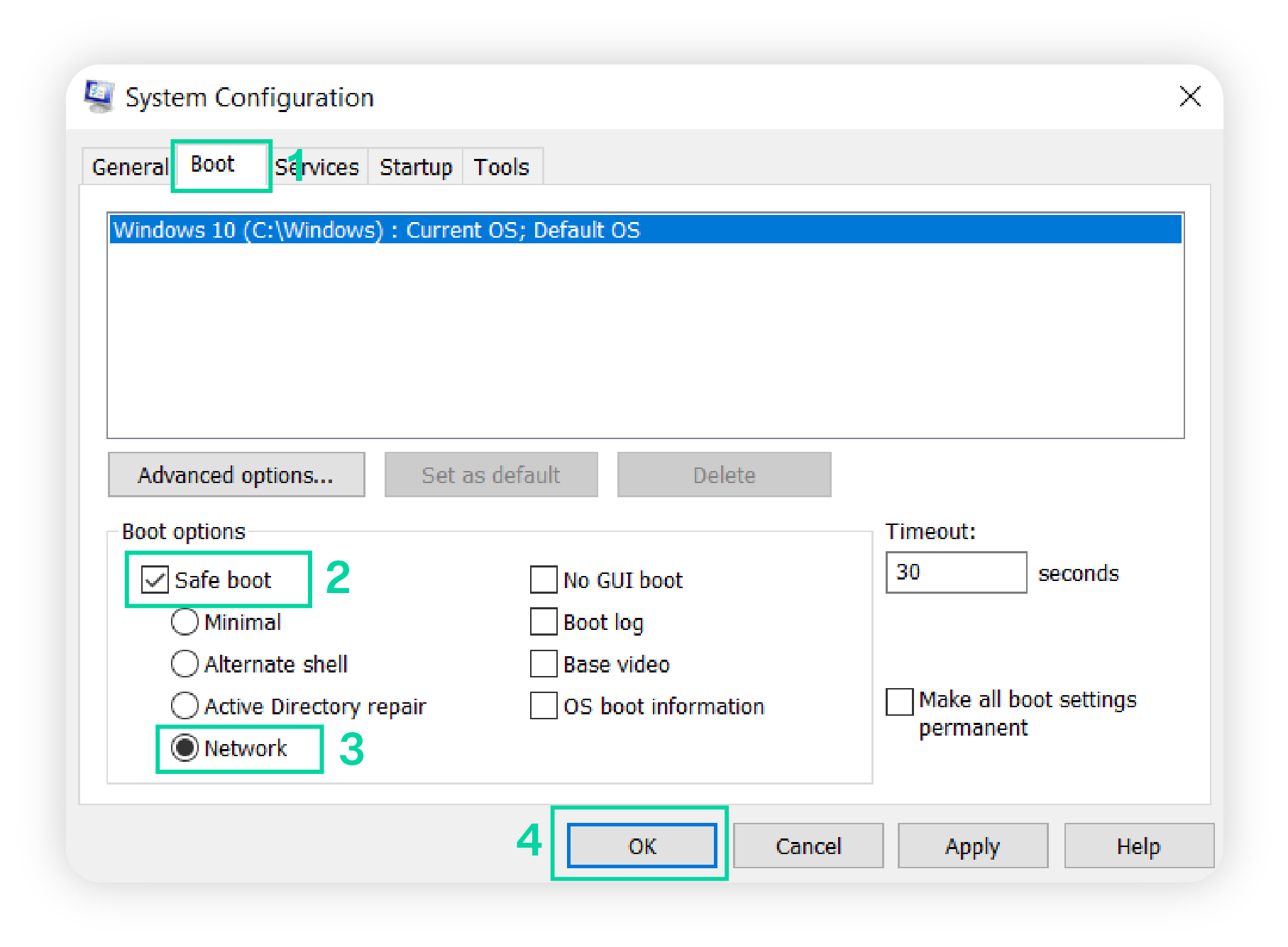
Test your connection in Safe Mode with Networking in the event that nothing proves effective:
Go to Press Windows and R, write msconfig, and enter
Visit the Boot tab and look at Safe Boot
Final Thoughts
A message telling you that the DNS server is not responding may be like you hit a wall most of the time, especially when the rest of the things appear to be in good condition. However, with some clever moves, such as rebooting your devices, flushing the DNS cache, or switching to a public DNS server, you will get back on the Internet in no time.
If you ever find that your DNS server might be unavailable or Windows can't communicate with the device or resource, now you know exactly what to do.
Interestingly, the Web hosting provider can also be associated with your DNS issues. Your online presence may also be affected by DNS errors and downtime that may occur when the hosting server is slow or incorrectly configured.
This is the reason why selecting a trusted web hosting provider like Websouls, with strong DNS management and support, is very important in website performance and availability.
Remain linked, remain up to date!






